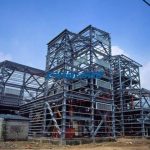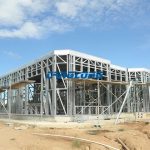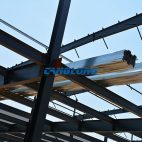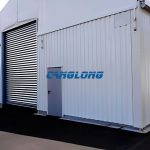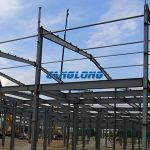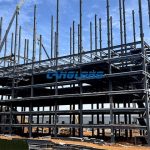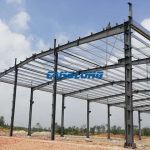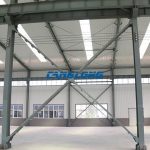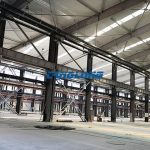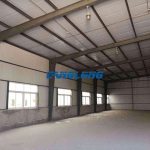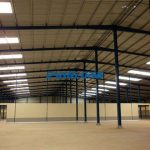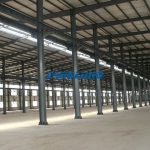Design Problems of Traditional Warehouse Steel Structure
From the design concept of steel structure, the linear elastic analysis direction is used in the traditional analysis process, ignoring the second order effect and initial defects and other factors. After obtaining the internal force of the member, the second order effect, initial defects and residual stress are considered compensatively in the verification of the bearing capacity of the member. For simple and regular structural design, this design method can meet the design requirements of single component. However, is this compensation mechanism correct?
There are obvious problems in traditional warehouse steel structure design:
It can not reflect the actual stress of the member, and underestimates the design bending moment of the member connected to it and the node. If a cantilever column only bears the axial pressure P, if the traditional linear elastic analysis method is used, the design strength of the column can be reduced by the effective length method, and a reasonable column section design can be obtained. But is the real stress analysis of the column correct? How to design the column base when the bending moment at the column bottom is zero?
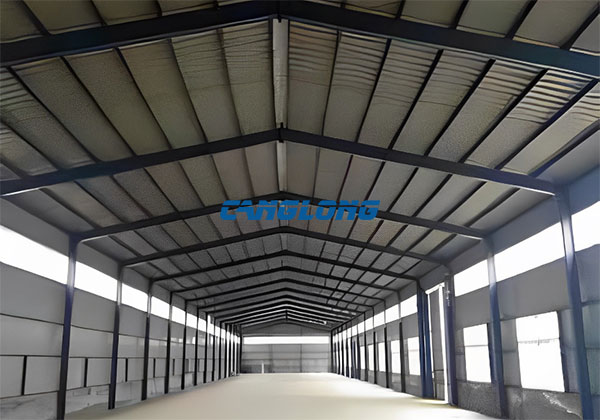
According to the second order analysis, the real bending moment at the bottom of the column should include the second order bending moment, and other cruxes of the effective length method. In real structures, the effective length coefficient K is often difficult to determine, and the contribution of lateral resisting components such as diagonal braces to lateral stiffness is difficult to take into account. Assuming that all members buckle at the same time, it is often difficult to determine the effective length coefficient K in real structures. For the following complex spatial latticed shells, how to determine the effective calculation length of each component?
It is difficult to account for the contribution of lateral resisting components such as diagonal braces to lateral stiffness. According to the formula provided by the specification, the contribution of lateral resisting components such as diagonal braces to lateral stiffness is generally ignored. Assuming that all members buckle at the same time, it is impossible for all columns to buckle at the same time for the following conventional structures. Therefore, in practical application, the traditional linear elastic analysis method has many limitations. It is difficult for many ordinary structures, let alone complex steel structure systems, and it is helpless for tensioning systems.
